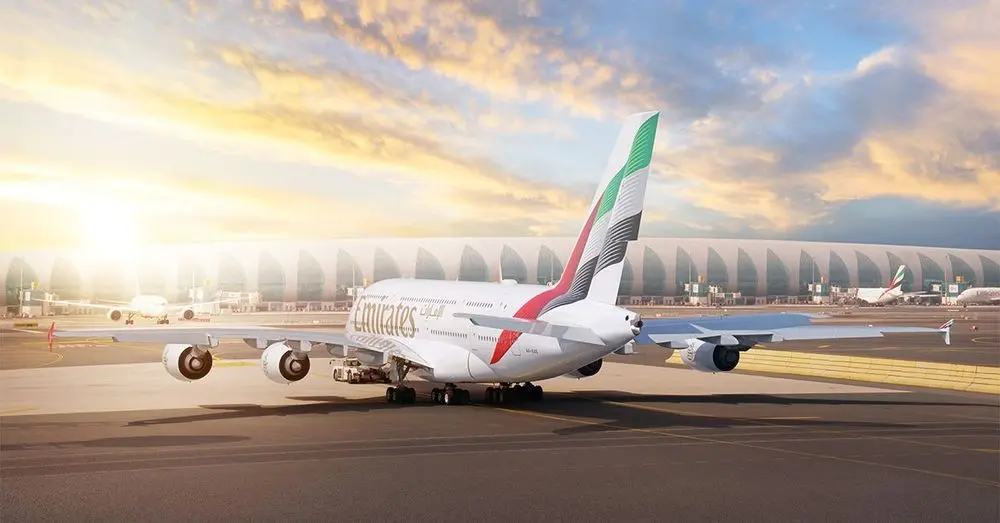The United Arab Emirates (UAE) has emerged as a powerful player in global aviation. From its world-class airlines to state-of-the-art airports, the country is setting new standards in the industry. With billions invested in infrastructure, technology, and sustainability, the UAE is shaping the future of air travel.
A Global Aviation Hub
The UAE is home to two of the world’s busiest airports: Dubai International Airport (DXB) and Abu Dhabi International Airport (AUH). Dubai International consistently ranks among the top in passenger traffic, handling over 80 million travelers annually. Abu Dhabi is expanding rapidly, with a new terminal that will increase its capacity significantly.

Emirates and Etihad Airways, the country’s two major airlines, are known for their luxury services and extensive global networks. Emirates connects over 150 destinations, while Etihad is focusing on high-end travel experiences and sustainability. Together, these airlines make the UAE a key transit point for international travelers.

Heavy Investments in Technology and Innovation

The UAE is not just building airports and airlines—it is investing heavily in cutting-edge technology. Smart airports, biometric boarding, and artificial intelligence (AI) are being integrated into the passenger experience. Dubai is testing facial recognition for faster check-ins, and Abu Dhabi is introducing AI-driven customer service.
The country is also focusing on supersonic travel and flying taxis. Dubai’s Roads and Transport Authority (RTA) is working with global firms to introduce air taxis that could cut travel time within cities. The UAE is also involved in the development of next-generation aircraft, including those powered by hydrogen and electric engines.
Sustainability and Green Aviation
With the world moving towards sustainability, the UAE is positioning itself as a leader in green aviation. The country is investing in biofuels, solar-powered airports, and carbon offset programs. Emirates has launched initiatives to reduce fuel consumption and emissions, while Etihad has introduced the “Greenliner,” a Boeing 787 aircraft designed to test sustainable practices.
Dubai Airports has also pledged to become carbon-neutral, using renewable energy and eco-friendly designs in its expansion plans. With the global aviation industry under pressure to reduce its carbon footprint, the UAE’s efforts set an example for other nations.
Hosting Global Aviation Events
The UAE is not just leading in infrastructure and technology—it is also hosting major aviation events. The Dubai Airshow is one of the biggest aerospace exhibitions in the world, attracting top companies, innovators, and policymakers. The event showcases the latest in aviation technology, from commercial jets to defense aircraft.
The country also plays a crucial role in international aviation discussions. The International Civil Aviation Organization (ICAO) regularly collaborates with UAE-based organizations to set industry standards. By hosting these events, the UAE strengthens its position as a thought leader in global aviation.
The Future of UAE’s Aviation Industry
Looking ahead, the UAE has ambitious plans for its aviation sector. With Expo City Dubai expected to be a key innovation hub, future advancements in air travel will likely be developed in the region. The country is also working on hyperloop technology, which could redefine how people travel between major cities.
The UAE’s aviation industry is not just about airlines and airports—it’s about shaping the future of global travel. With a focus on technology, sustainability, and innovation, the country is positioning itself as a leader in the skies. As air travel continues to evolve, the UAE is set to remain at the forefront of this transformation.
Also read: The UAE’s Mission to Protect Its Oceans and Coastlines: What’s Being Done?













